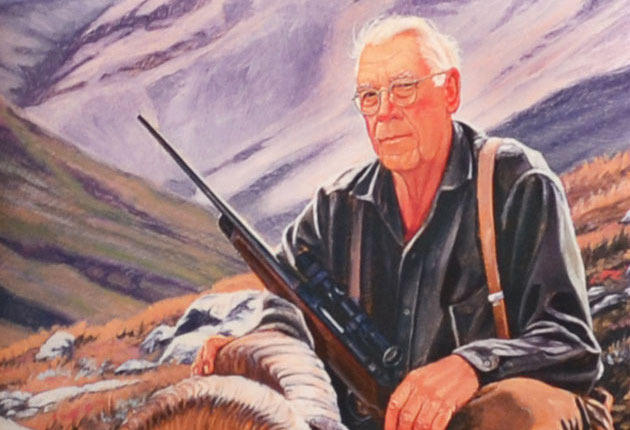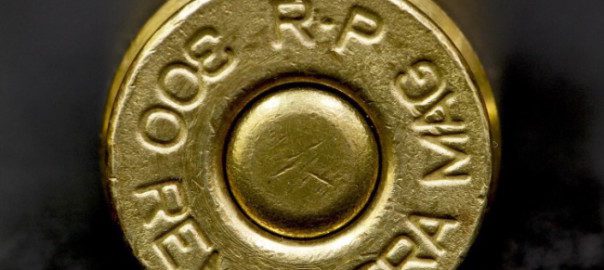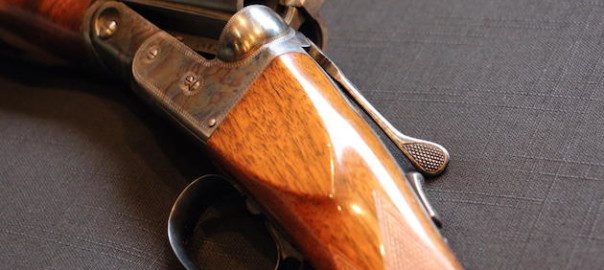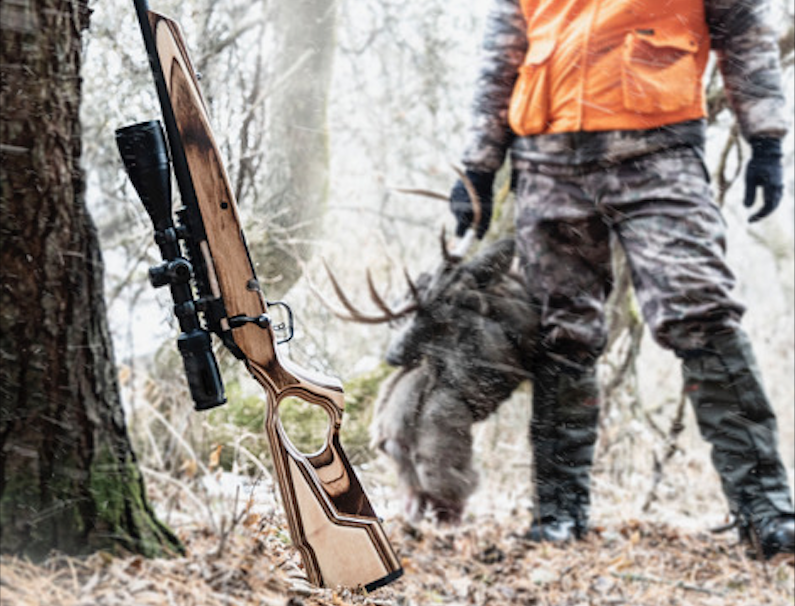This list offers an introduction to the great gun gurus throughout American history. After all, “There’s no nut like a gun nut.”
If you join a gathering of firearm enthusiasts at a hunting camp, shooting range or gun club, rest assured that, if the topic turns to great gun writers, you’ll find opinions as plentiful as scratches in a briar thicket. Everyone has a favorite and will defend that individual with breathless passion and persuasiveness against all comers. You’ll not need to listen long to realize the truth inherent in what a good friend of mine who writes about guns and ammunition once said: “There’s no nut like a gun nut.”
Consider that an acknowledgment that I’m fully aware this list won’t be met with universal approval. All I can offer is that, while I’m no expert on firearms, I’ve done a great deal of reading and study on the subject. That exposure has, over time, given me considerable familiarity with the literature of the field. So, if nothing else, this list offers an introduction to the great gun gurus. However, note that I’ve included only deceased writers, as I don’t need a verbal shooting match with any living expert, self-ordained or otherwise (there are plenty of both). Likewise, for no reason other than the United States has produced most of the finest gun writers, all those listed are Americans.
Jack O’Connor
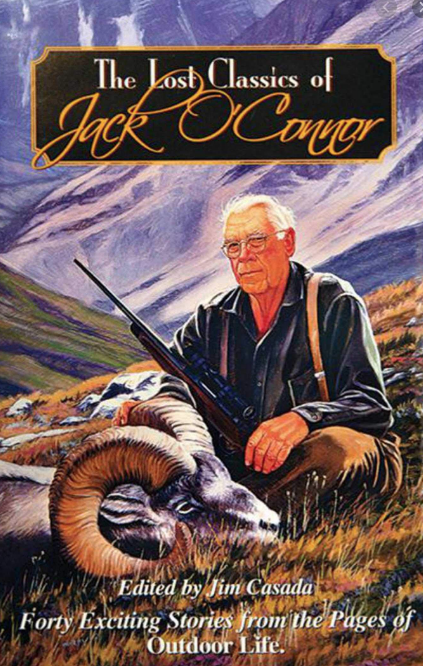 Other writers have had greater technical knowledge, hunted more, and helped develop new calibers and loads, but, when it comes to writing for the average shooter, O’Connor ranks first. Literate, a masterful storyteller, and unabashedly independent (he never sold his soul to any gunmaker or ammunition company, though he had his favorites), he remains immensely enjoyable. The Rifle Book is the place to start, followed by The Shotgun Book. You can find a full bibliography of his writings in The Lost Classics of Jack O’Connor, which I edited.
Other writers have had greater technical knowledge, hunted more, and helped develop new calibers and loads, but, when it comes to writing for the average shooter, O’Connor ranks first. Literate, a masterful storyteller, and unabashedly independent (he never sold his soul to any gunmaker or ammunition company, though he had his favorites), he remains immensely enjoyable. The Rifle Book is the place to start, followed by The Shotgun Book. You can find a full bibliography of his writings in The Lost Classics of Jack O’Connor, which I edited.
Elmer Keith
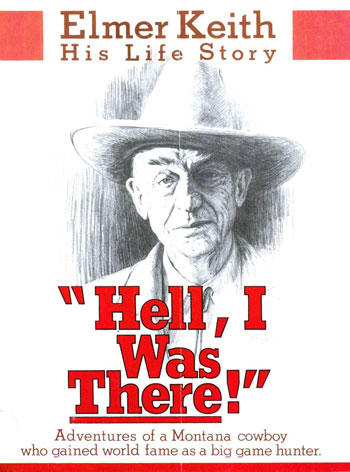 Keith both despised and was the antithesis of O’Connor. He liked guns that had punch and produced lots of noise and recoil. While only marginally literate, he told gripping tales; shot a lot; and, with the help of excellent editors, garnered a huge following. The title of his autobiography, Hell, I Was There!, offers a window into his personality, while Sixguns and Big Game Rifles and Cartridges also merit attention. The little man in the big cowboy hat could be obstinate and ornery, but there’s no denying that he could entertain.
Keith both despised and was the antithesis of O’Connor. He liked guns that had punch and produced lots of noise and recoil. While only marginally literate, he told gripping tales; shot a lot; and, with the help of excellent editors, garnered a huge following. The title of his autobiography, Hell, I Was There!, offers a window into his personality, while Sixguns and Big Game Rifles and Cartridges also merit attention. The little man in the big cowboy hat could be obstinate and ornery, but there’s no denying that he could entertain.
Warren Page
 Likeable in print and the ultimate curmudgeon in person (the latter is by no means unique to Page among gun writers), he served as the shooting editor for Field & Stream for a quarter of a century, beginning in 1947, and helped develop the .243 Winchester. His two key books, One Man’s Wilderness and The Accurate Rifle, should be more widely read than they are today.
Likeable in print and the ultimate curmudgeon in person (the latter is by no means unique to Page among gun writers), he served as the shooting editor for Field & Stream for a quarter of a century, beginning in 1947, and helped develop the .243 Winchester. His two key books, One Man’s Wilderness and The Accurate Rifle, should be more widely read than they are today.
Townsend Whelen
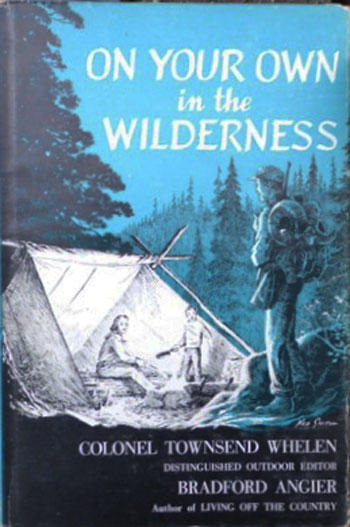 If you asked me which of the old-time gun writers I’d most like to have spent time with, “Townie” Whelen would win, hands down. He was the master of practicality, and every avid outdoorsman should read his On Your Own in The Wilderness (with Bradford Angier) and Mister Rifleman, an autobiographical work that Angier also helped complete. Whelen’s other books of note include The American Rifle, Big Game Hunting, Why Not Load Your Own!, The Best of Colonel Townsend Whelen, The Ultimate in Rifle Precision, and Amateur Gunsmithing. Perhaps no quotation by a gun writer has been repeated more frequently than his suggestion that “only accurate rifles are interesting.”
If you asked me which of the old-time gun writers I’d most like to have spent time with, “Townie” Whelen would win, hands down. He was the master of practicality, and every avid outdoorsman should read his On Your Own in The Wilderness (with Bradford Angier) and Mister Rifleman, an autobiographical work that Angier also helped complete. Whelen’s other books of note include The American Rifle, Big Game Hunting, Why Not Load Your Own!, The Best of Colonel Townsend Whelen, The Ultimate in Rifle Precision, and Amateur Gunsmithing. Perhaps no quotation by a gun writer has been repeated more frequently than his suggestion that “only accurate rifles are interesting.”
Paul Curtis
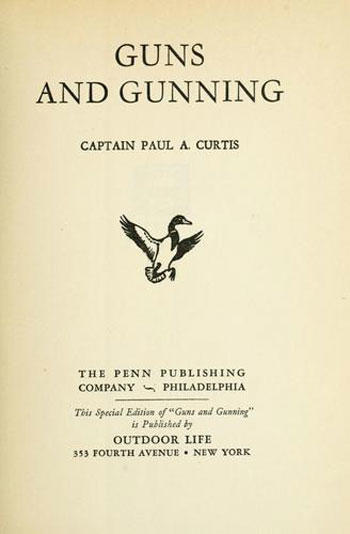 This name will likely be unfamiliar to many sportsmen, but, in the golden era of gun and hunting writers, Curtis was one of the best. For two decades, from the end of World War I until he committed suicide (an all-too-common occurrence among gun writers), Curtis was a major presence in national magazines. He wrote five books, but Guns and Gunning and Sporting Firearms of Today in Use are of the greatest interest.
This name will likely be unfamiliar to many sportsmen, but, in the golden era of gun and hunting writers, Curtis was one of the best. For two decades, from the end of World War I until he committed suicide (an all-too-common occurrence among gun writers), Curtis was a major presence in national magazines. He wrote five books, but Guns and Gunning and Sporting Firearms of Today in Use are of the greatest interest.
Charles Askins, Jr.
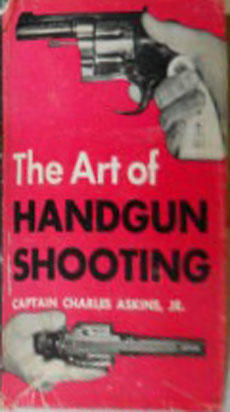 Since Charles Askins, Sr. was a gun writer, as well, the two Askins are easily and often confused. However, the younger was more prolific than his father, though the latter wrote a first-rate book about shotguns. The best place to start with Askins, Jr. is Unrepentant Sinner, his autobiography. By all accounts he was a highly temperamental man, involved in shenanigans that would result in hard time today, but there’s no doubting his expertise in works such as The Art of Handgun Shooting, The Gunfighters, and The African Hunt.
Since Charles Askins, Sr. was a gun writer, as well, the two Askins are easily and often confused. However, the younger was more prolific than his father, though the latter wrote a first-rate book about shotguns. The best place to start with Askins, Jr. is Unrepentant Sinner, his autobiography. By all accounts he was a highly temperamental man, involved in shenanigans that would result in hard time today, but there’s no doubting his expertise in works such as The Art of Handgun Shooting, The Gunfighters, and The African Hunt.
William H. “Bill” Jordan
 Jordan was nowhere as prolific as the other writers on this list, but his first-hand experiences were in a class of their own; there may never have been a man faster with a handgun. His book, No Second Place Winner, has become a must-read for police-handgun enthusiasts, but you’ll need to dig up his magazine writings to really gain an appreciation for him. Someone could do his legacy and the shooting world a favor by anthologizing these pieces.
Jordan was nowhere as prolific as the other writers on this list, but his first-hand experiences were in a class of their own; there may never have been a man faster with a handgun. His book, No Second Place Winner, has become a must-read for police-handgun enthusiasts, but you’ll need to dig up his magazine writings to really gain an appreciation for him. Someone could do his legacy and the shooting world a favor by anthologizing these pieces.
Michael McIntosh
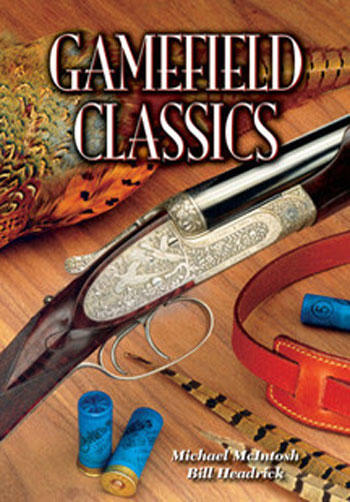 McIntosh is the only writer listed here whom I knew personally, as we were both longtime columnists for Sporting Classics. McIntosh wrote with grace and a distinctive style, and he really knew shotguns. Mind you, his interests and knowledge ranged widely, but posterity will likely remember him, first and foremost, as a shotgun writer. His major works include Best Guns, Shotguns & Shooting, Shotgun Technicana, A. H. Fox: The Finest Gun in the World, The Big-Bore Rifle, and Gamefield Classics.
McIntosh is the only writer listed here whom I knew personally, as we were both longtime columnists for Sporting Classics. McIntosh wrote with grace and a distinctive style, and he really knew shotguns. Mind you, his interests and knowledge ranged widely, but posterity will likely remember him, first and foremost, as a shotgun writer. His major works include Best Guns, Shotguns & Shooting, Shotgun Technicana, A. H. Fox: The Finest Gun in the World, The Big-Bore Rifle, and Gamefield Classics.
I can already hear readers muttering, Where are George Nonte, Skeeter Skelton, Jim Carmichael, David Petzal, Sam Fadala, Bryce Towsley, “Pondoro” Taylor, Jeff Cooper, Terry Wieland, Wayne Van Zwoll and countless others? These writers are all of note but many are still living, while others are just not at the top of my preferences.
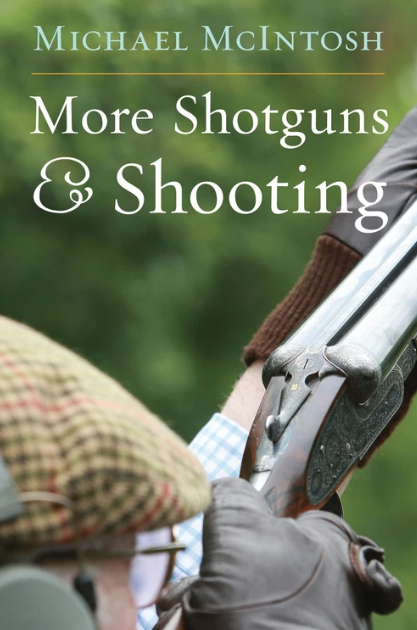 More Shotguns & Shooting is a continuation and expansion of the material in volume one. It includes further insights and stories about fine guns and how they’re made, coupled with practical tips and advice for shotgunners. The subjects are wide ranging, allowing McIntosh to capture the whole gun with unequaled insight and eloquence–whether he’s describing the painstaking work involved in transforming a blank of Old World walnut into a beautiful finished stock or the ways in which hands, eyes, and instinct combine in proper shooting technique. His erudite and approachable style makes reading this book like conversing with an old friend. Buy Now
More Shotguns & Shooting is a continuation and expansion of the material in volume one. It includes further insights and stories about fine guns and how they’re made, coupled with practical tips and advice for shotgunners. The subjects are wide ranging, allowing McIntosh to capture the whole gun with unequaled insight and eloquence–whether he’s describing the painstaking work involved in transforming a blank of Old World walnut into a beautiful finished stock or the ways in which hands, eyes, and instinct combine in proper shooting technique. His erudite and approachable style makes reading this book like conversing with an old friend. Buy Now

